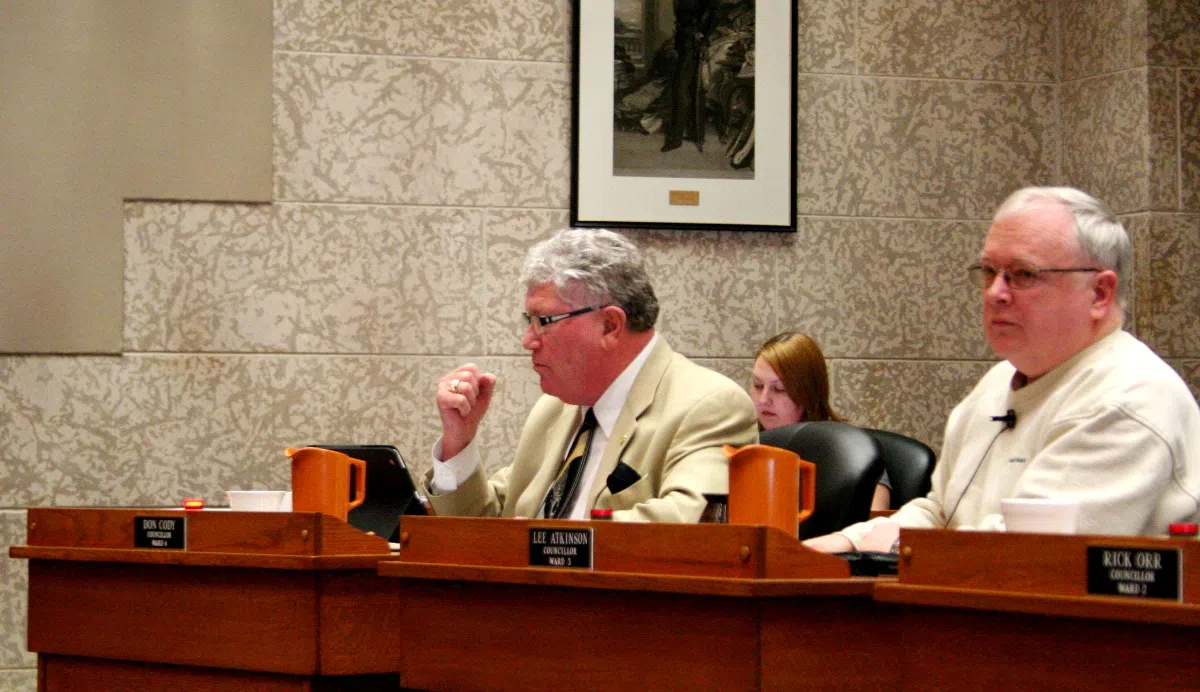
POLL: City to decide on future of grass clipping pick-up
Prince Albert residents may soon have to leave their bags of grass clippings and other yard waste at their front curb after city council makes its decision about the program’s future an upcoming meeting.
On Monday evening, the executive committee also voted to revisit the program during the 2014 budget cycle. The city may look at making it a ‘fee for service’ program next year. If approved by council, the clippings will only be picked up if they’re left at the front of the residence, in 2013.
“We’ll ask everyone to move their bags onto the front of the streets so the trucks are coming down the front of the street to collect those,” Coun. Lee Atkinson said.
“The difference will be that probably the likelihood is in 2014, we’ll look at this as a ‘fee for service.’ Those who believe it is a valuable service that they want to participate in will have the option of paying a fee for that service. Those that do not want to participate, won’t have to bear the burden of this expense.”


